MONEY
All eyes are on the bad bank to deliver some good news
- IBJ Bureau
- Feb 07, 2022
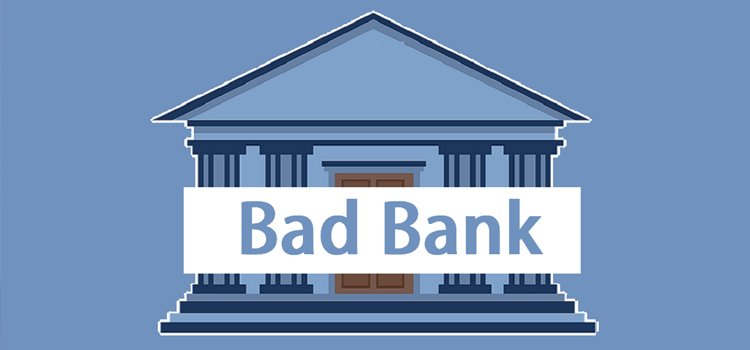
The much talked-about bad bank is finally operational, with the Reserve Bank of India (RBI) giving its approval last month. National Asset Reconstruction Company (NARCL) – in which State-owned banks hold a majority stake – will, in essence, be the bad bank that will acquire and aggregate the non-performing asset (NPA) accounts from banks. India Debt Resolution Company (IDRCL) – a majority of whose stake is owned by private sector banks – will take over the aggregated NPAs or bad debts from NARCL and carry on with the debt-resolution process.
It is quite worrying that it took a year just to set up the bad bank. The Union Budget for 2021-22 had mooted the concept of a bad bank with an asset reconstruction company (ARC) working in tandem with an asset management company (AMC). However, the RBI had expressed its reservations on this structure. ARCs, being a category of non-banking financial companies (NBFCs), are regulated by the RBI, while AMCs come under the purview of the Securities and Exchange Board of India (SEBI). So, RBI had approved an ARC licence for the NARCL but was unhappy with the dual structure.
Finally, after a lot of back and forth between the RBI and the government, an altered structure of the bad bank was finalised. Accordingly, the essence of the altered arrangement is a principal-agent relationship between NARCL – the principal – and IDRCL – the agent. NARCL has therefore appointed IDRCL as its agent to act on its behalf. NARCL will be the aggregator of NPAs, which it will transfer to its agent IDRCL to carry on with the debt-resolution process on its behalf.
With the structure of the bad bank resolved at last, it was time that the new entity set off on its job immediately. At stake after all is the whopping gross NPAs of Rs 8,35,051 crore of the country’s scheduled commercial banks as on March 31, 2021. The sticky assets would certainly have risen beyond those mind-boggling figures, given a sharp slowdown in the economy. Stressed assets worth Rs 2,00,000 crore will be taken up by the bad bank, with NPAs worth Rs 50,000 crore expected to be transferred to NARCL in the current financial year. These assets, as well as all the future assets, will be acquired by NARCL from banks in a ratio of 15:85 as is the practice with the ARC industry. Accordingly, NARCL will pay 15 per cent of price of loans acquired in cash. The remaining 85 per cent will be paid in Security Receipts (SRs).
SRs are securities issued by ARCs to banks against NPAs purchased from banks. These SRs can be encashed by banks after NPAs are recovered by ARCs. The value of SRs will fluctuate, based on the extent of amount of an NPA recovered by ARCs from defaulting borrowers. Interestingly, the Centre has provided a sovereign guarantee of Rs 30,600 crore on the SRs issued by NARCL. The guarantee will be used to cover the shortfall between the face value of the SR and the actual amount realised from the SR. The SRs, which are listed on the debt segment of stock exchanges and traded only by institutional investors, will be more attractive as they are backed by sovereign guarantee.
Over
the past two decades, some 28 ARCs have been in business to resolve the banking
sector’s bad assets. However, very little has been achieved so far. This time,
a new structure – combining both public and private sector banks – and a
sovereign guarantee on SRs are expected to crack the country’s NPA crisis. All
eyes are on the bad bank to deliver some good news.

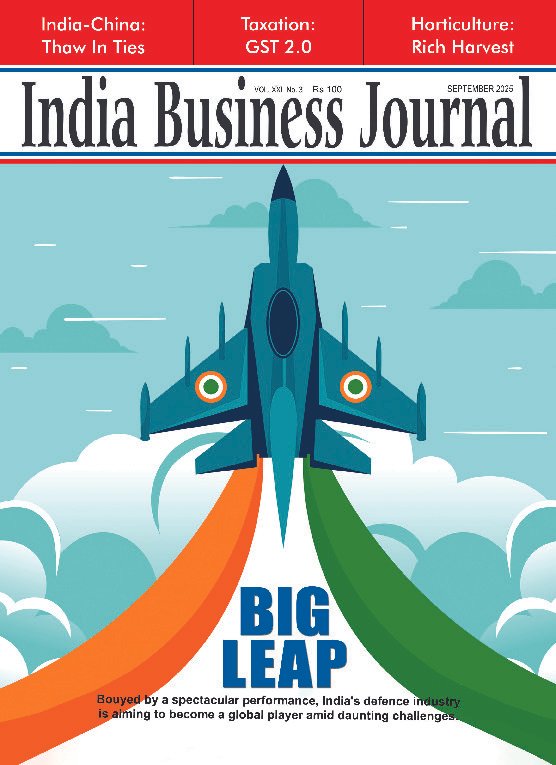
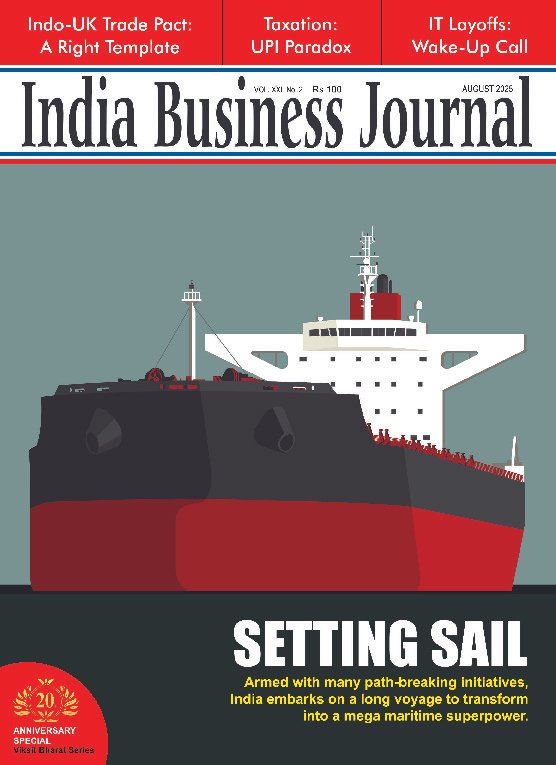








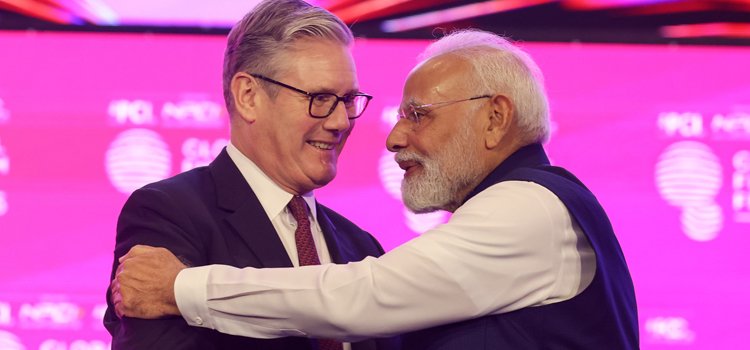
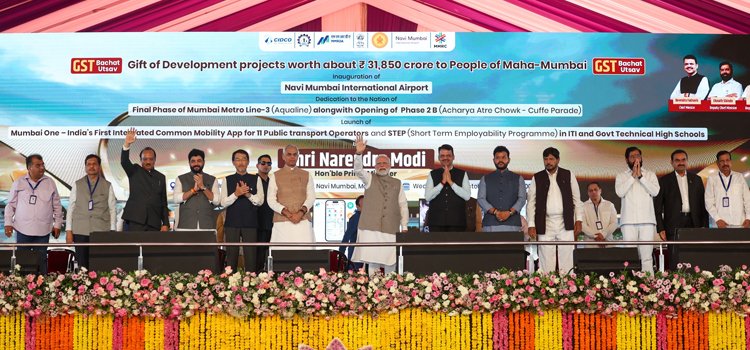
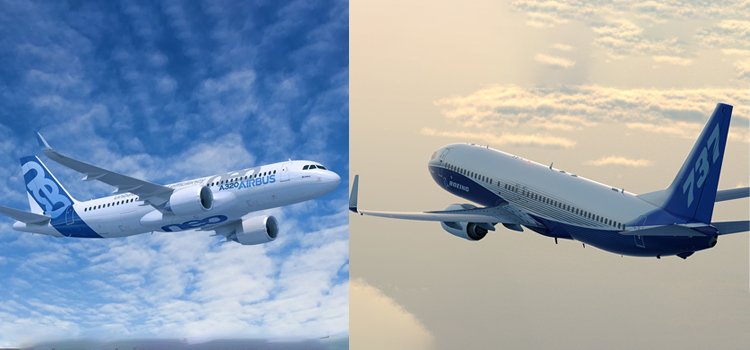
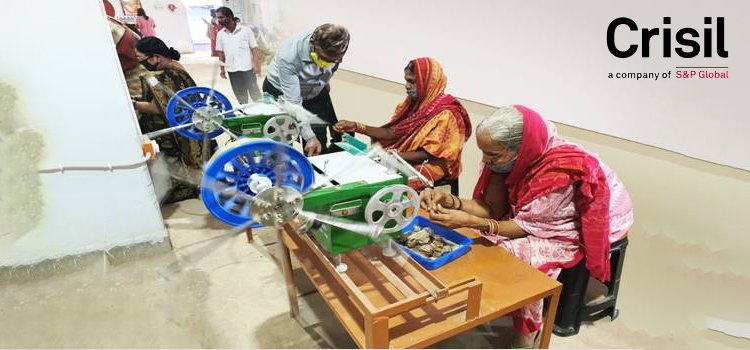
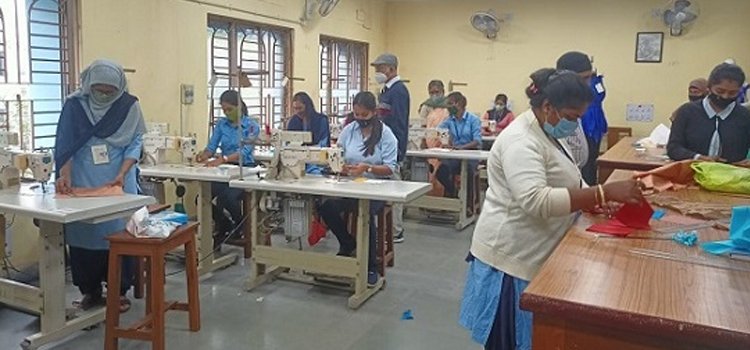

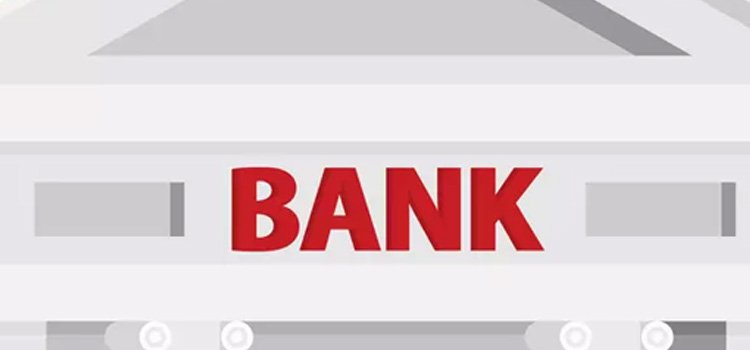


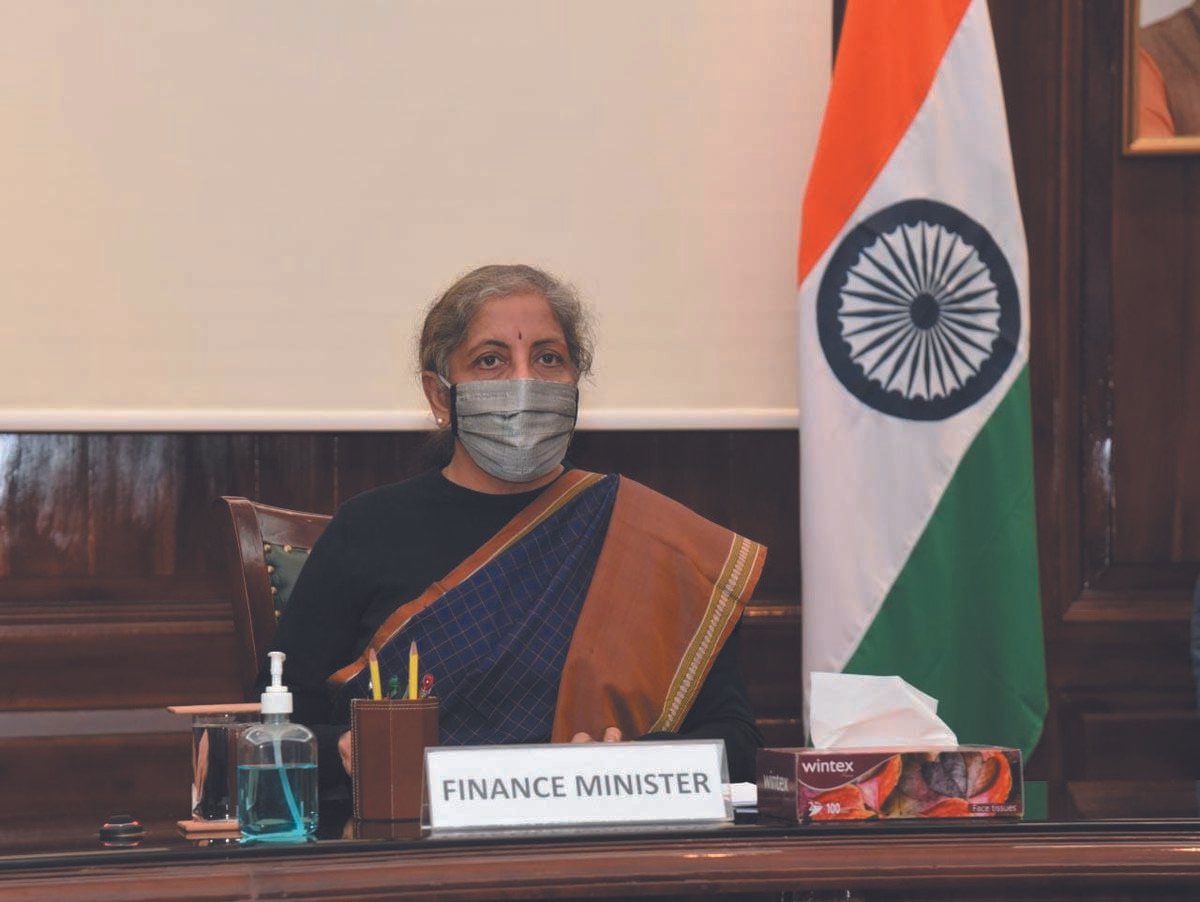
Report By
View Reporter News